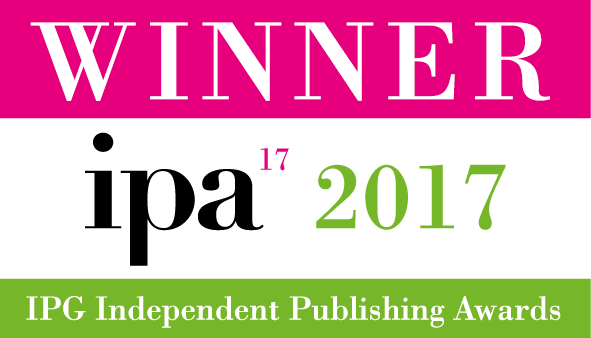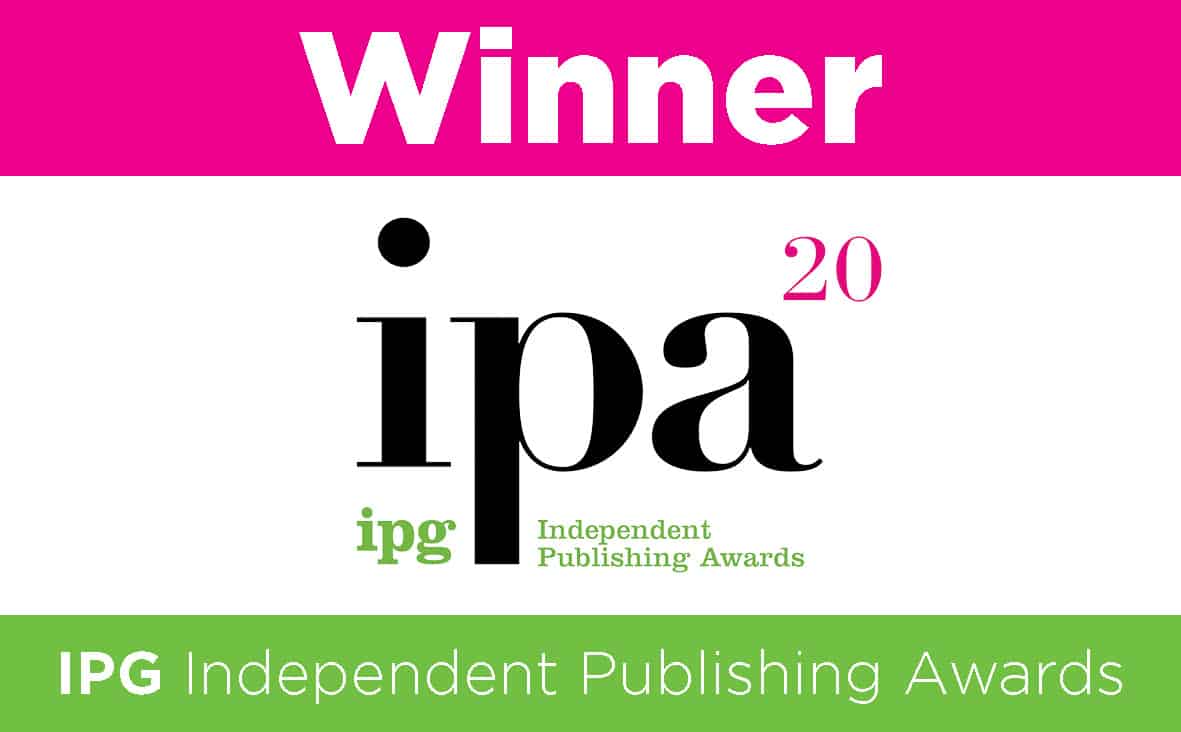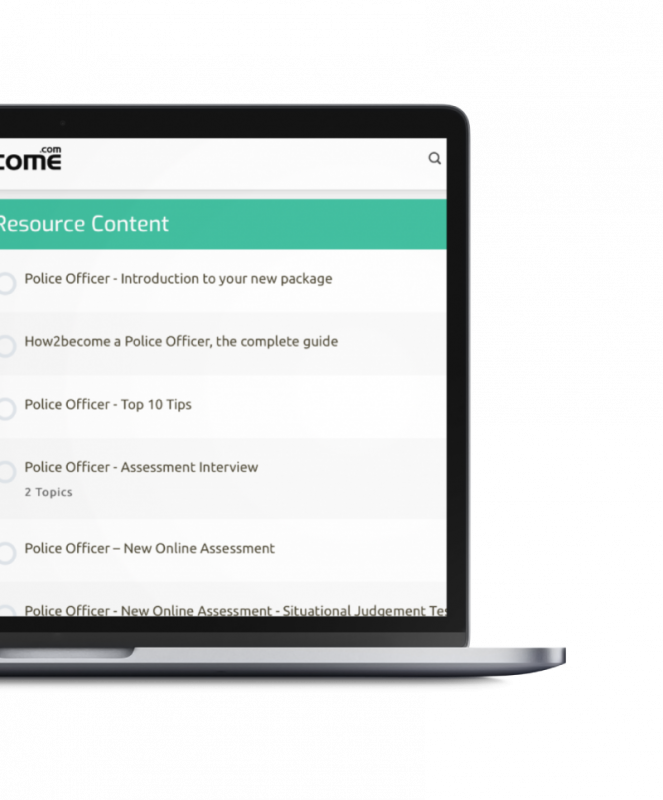
IELTS GENERAL TRAINING AND ACADEMIC
How to study and practice for the IELTS exam. Packed full of examples, practice questions and top tips.
4.9/5 Rating | 1,000+ Reviews ![]()
Training That Works
Discover insider secrets and a masterclass of testing practice material that has helped 100s of candidates pass their assessment tests.
Unlock Your Potential
Whether you’re just starting out or you know what to expect, you will get access to 100s of questions, with solutions that will catapult your chances of success.
Powerful Resources
Get instant access to the material right now which includes how to write high-scoring 8+ answers for the IELTS exam.
TIELTS GENERAL TRAINING & ACADEMIC STUDY GUIDE
Jam packed with top tips, practice questions and comprehensive explanations, this truly is the ultimate IELTS Study Guide! Containing advice on both Academic and General Training, our tips will prove invaluable when it comes to your assessment. Our book contains tips on:
- Every single one of the IELTS tests that you’ll need to take!
- How to achieve top marks in each and every single assessment!
- Learn how to improve your speaking and listening skills, with top practice questions and even recordings!
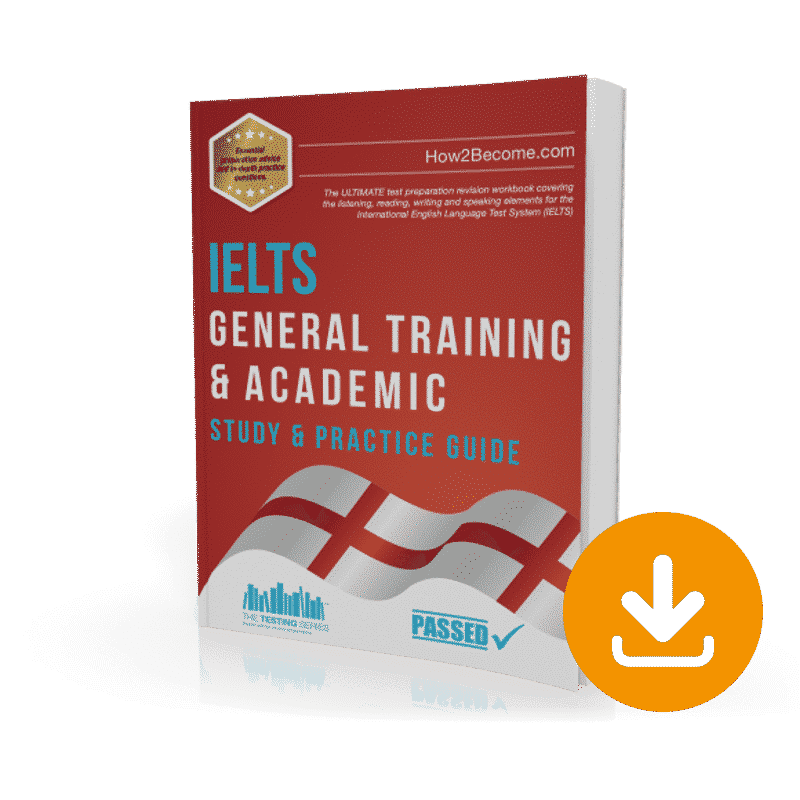
IELTS GENERAL TRAINING ACADEMIC STUDY
Hello and welcome to your guide: IELTS General Training & Academic Study Guide. In this IELTS Study guide we’ll give you practice questions from both Academic and General Training, and a comprehensive outline of what both tests involve. Whichever test you are taking, by the end of our download guide you will be in the perfect position to ace your assessment, and score 8+ marks.
So, without further ado, let’s begin!
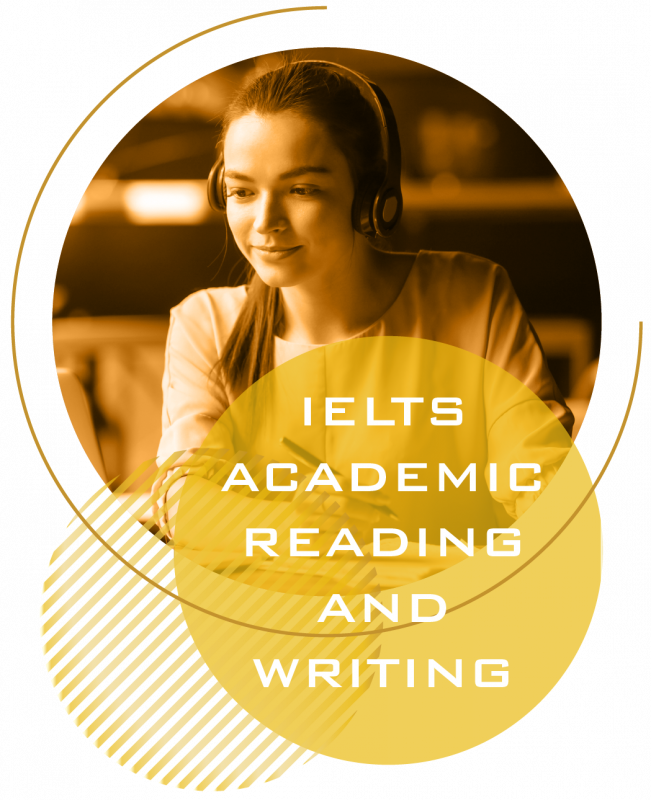
IELTS: ACADEMIC READING AND WRITING
The IELTS Academic writing assessment consists of two tasks in total. Both tasks will test different skills, and the second task will be worth double the score of task 1.
The IELTS Academic reading assessment is designed to test the way in which you can understand and identify key points from written information. There are three long texts in this assessment, all of which are taken from books, journals, magazines or newspapers. The IELTS Academic reading texts have been deliberately selected to be appropriate for people applying for university or for professional registration.
The test will last for 60 minutes, and there will be 40 questions in total.
In terms of question types, this varies greatly. Below we have provided you with a sample question, that demonstrates how much these can vary:
IELTS: GENERAL TRAINING, READING AND WRITING
IELTS General Training Writing is designed for candidates migrating to the UK, Canada or Australia, or who are applying for secondary education or work experience/training in an environment where English is the primary language. There are two tasks in the writing exercise, which we will describe below:
The IELTS General Training reading assessment will examine candidates’ ability to read through texts of varying length and difficulty, and then answer questions based on these texts. It’s very similar to the Academic reading, with the difference being that the texts chosen will be different in nature, and the question types will be slightly different too.
The test will last for 1 hour in total, and there will be 40 questions. The questions are designed to tested elements such as:
- How well you can identify information after reading a text.
- Your understanding of the writer’s views and opinions.
- How efficiently you can ‘skim read’.
- Your understanding of the logic and arguments for/against the text.
- How much detail you can remember, having read a text.
There are three sections to the IELTS General Training reading assessment, and these are Social survival, Workplace survival and General reading.
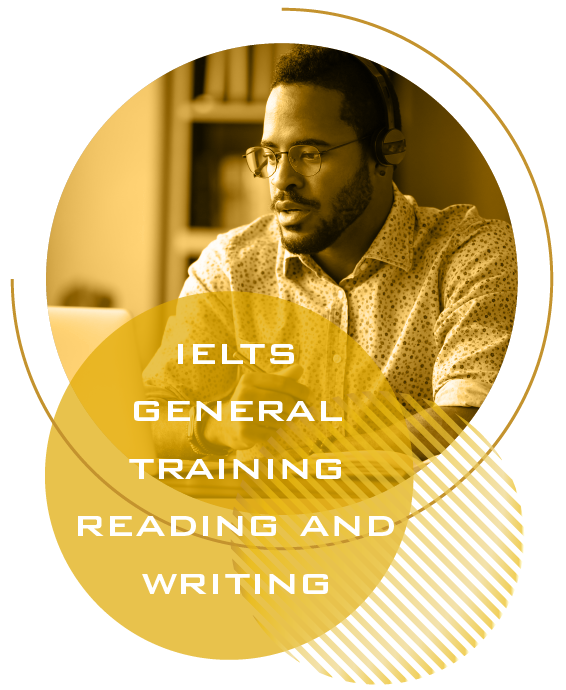
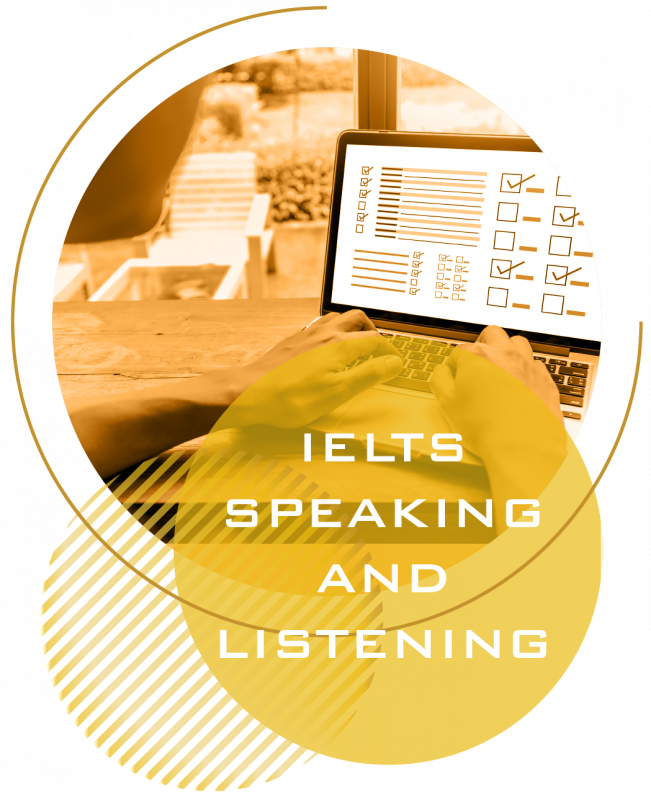
IELTS: SPEAKING AND LISTENING
The IELTS speaking component is the same for both IELTS Academic and IELTS General Training. The speaking component is designed to assess your prowess in spoken English. It lasts for 11-14 minutes, and there are three parts to the test:
You should try to support your answer with evidence, and you are allowed to use examples based on your own personal experience. You must make sure that you focus on the statement in the question. For example, if the statement reads, ‘Zoos are immoral, they should be banned,’ then you need to focus your answer on zoos, not just on lions, or whatever your favourite animal is. While you could use the plight of some animals kept within zoos to strengthen your argument, this should not be the main focus of your argument.
The IELTS Listening assessment is the same for both IELTS Academic and IELTS General Training. It is designed to assess your ability to understand spoken English. There are four sections to the listening assessment, consisting of 10 questions each. You will listen to each section, then answer 10 questions based on that section. The test lasts for 30 minutes, with 10 minutes to answer each section. After each recording, you will have 10 minutes to answer, before moving onto the next recording.

PASS YOUR IELTS

IELTS GENERAL TRAINING & ACADEMIC STUDY GUIDE
Jam packed with top tips, practice questions and comprehensive explanations, this truly is the ultimate IELTS Study Guide! Containing advice on both Academic and General Training, our tips will prove invaluable when it comes to your assessment. Our book contains tips on:
- Every single one of the IELTS tests that you’ll need to take!
- How to achieve top marks in each and every single assessment!
- Learn how to improve your speaking and listening skills, with top practice questions and even recordings!
Sample IELTS Questions
To help you get a better understanding of what the IELTS assessment involves, let’s take a quick look at a few sample questions and explanations of some of the elements.
FREE | 2 Questions
IELTS Practice Questions
Task 2 will consist of the following:
You’ll be given a statement or question, and then asked to write 250 words discussing this in essay format, using formal language. You will be marked on your ability to argue for/against in a persuasive fashion, using evidence, and examples based on your own personal experience too.
You’ll have a total of 40 minutes to complete the assessment. Again, falling under the word count will result in you being penalised. The marks for task 2 are twice that of task 1, meaning that failure to complete this exercise will greatly harm your chances of scoring highly.
During this assessment, the main elements that are being tested are in relation to the fluency of your writing and vocabulary. You are also being tested on how well your response is structured, how well it uses persuasive language, and how well it cites information and ideas. Basically, you need to put together a coherent and logical response, paying attention to grammar, spelling and punctuation, whilst addressing the main statement from the question.
‘Technology is harmful to human interaction.’
ANSWERS
Sometimes, looking at a graph can seem quite intimidating. There’s a lot of information to take in, and it can be quite hard to make sense of it all. The thing to do here is to stay composed. Don’t panic and let the information overwhelm you. Take a moment just to look at everything in a calm and logical fashion, and work out exactly what the graph is showing. Once you’ve done that, your answer shouldn’t be too difficult. All you have to do is summarise exactly what you see in the graph, in 150 words or more.
So, how should we look at the above graph? The first thing that should stand out for you is that the graph shows the relationship between the months of the year and the number of shoplifting incidents that occurred, in the countries of Scotland, Ireland and England. Your first line should explain this.
FOR EXAMPLE:
‘The graph shows a correlation between the time of the year and the number of shoplifting incidents that occur in the countries of Scotland, Ireland and England.’
Now that you’ve summarised the main point of the graph, you can move onto the actual data. When we look at this graph, we can clearly see that there are more shoplifting incidents occurring from January-March, and October-December, than there are from April-June and July-September. Therefore, logic would dictate that more shoplifting incidents are occurring during the colder months of the year.
Once you’ve established this, you just need to work out the numbers behind the increase/decrease, and then summarise this.
LIKE SO:
‘By looking at this graph, we can see a clear indication that more shoplifting incidents occur during the ‘colder’ months of the year than during the hotter months. To demonstrate this, the graph shows that from January to March (in all three countries) there were 95 shoplifting incidents in total. This was followed by a marked decrease, with only 135 incidents occurring over the next 6 months. It is worth noting that there was an increase in shoplifting incidents from July till September, compared to April till June, but this was quite a minor leap.’
In the above we’ve covered the first 9 months of the year. Now we can close our summary by detailing the final 3 months of the year:
‘Following this, and moving into the Autumn, we saw a large increase in the number of incidents – with 135 incidents occurring over the next 3 months, from October till December.’
If we put this altogether, we have a concise, accurate and 150+ word summary of the graph in question.
FINAL STRUCTURED ANSWER:
‘The graph shows a correlation between the time of the year and the number of shoplifting incidents that occur in the countries of Scotland, Ireland and England. By looking at this graph, we can see a clear indication that more shoplifting incidents occur during the ‘colder’ months of the year than during the hotter months. To demonstrate this, the graph shows that from January to March (in all three countries) there were 95 shoplifting incidents in total. This was followed by a marked decrease, with only 135 incidents occurring over the next 6 months. It is worth noting that there was an increase in shoplifting incidents from July till September, compared to April till June, but this was quite a minor leap.
Following this, and moving into the Autumn, we saw a large increase in the number of incidents – with 135 incidents occurring over the next 3 months, from October till December.’
If you’ve ever written an essay, you might be familiar with the general structure of how to approach a question like this. However, in the IELTS Task 2, you have a limited amount of time and words. This means that you need to be short and concise with what you are saying. In a normal essay, you might take the time to acknowledge counter arguments and alternative points of view. Since you’ve only got 250 words (or slightly more) for this task, it’s advised that you focus on just arguing for or against the topic. While you can of course make passing reference to other points of view, keep these brief, and above all stay focused on the argument that you are trying to make. Remember that you are trying to be persuasive, and highlight that your point of view is the correct one.
There are two structural approaches that you can take to an essay, and in this book we have provided you with examples of both. Below is an example of how to write in plain and simple language:
This aptly named way of writing an essay is exactly what it sounds like. You start out by responding to the statement.
FOR EXAMPLE:
‘I agree with the statement. I believe that technology is harmful to human interaction. The reasons that I believe this are as follows.’
Here you have clearly laid out your viewpoint, and now you can move onto the main body of the essay. The difference between this and a longer essay is again, the time and number of words that you have. Whilst in a longer essay you might start out by talking about different forms of technology, definitions of the word harmful, and other such speculation – in the IELTS essay it’s better to get straight to the point. 250 words is not a huge amount.
Following this, the main body of the essay should be pretty simple. Write one to three reasons why you agree (or disagree) with the statement.
FOR EXAMPLE:
‘Firstly, I believe that…’
‘Secondly, we must consider that…’
‘Thirdly, it is important to recognise that…’
Finally, we have the conclusion. In your conclusion, above all you should basically summarise the main point of the essay. For example: ‘In conclusion, I feel that technology is harmful to human interaction, because it has a sustained impact on the way we behave face-to-face.’
FREE | 1 Question
IELTS Practice Questions
In the wake of Lenin’s death, a power struggle emerged within the Bolshevik party of the Soviet Union. On the one side, was Joseph Stalin. Cold, mechanical and more ruthless than anyone could have imagined, Lenin’s deathbed testament warned the other members of the Politburo against the General Secretary. On the other side, Leon Trotsky. Arrogant, brash but infinitely more idealistic than Stalin, the general expectation was that Trotsky would be the natural successor to Lenin. As it happened, Stalin astutely outmanoeuvred Trotsky, and the latter was exiled from the country.
On the face of it, it is quite shocking that Trotsky failed. Here was an astute, Jewish politician (widely regarded as far more intelligent than Stalin) who had been personally recommended by Lenin’s testament; theoretically Trotsky should have naturally stepped into the space left by the former.
There are several reasons why this did not happen.
Firstly, the testament of Lenin was hidden by Stalin and other members of the party. The letter (although excusing them) drew attention to Kamenev and Zinoviev’s doubts over the 1917 revolution, and thus it was beneficial for them to aid Stalin in covering this up. Together, the three formed a ‘troika’ against Trotsky – who inexplicably chose to remain on holiday after Lenin died, and failed to make any kind of public eulogy. This was compounded by Trotsky’s notoriously prickly and over-confident nature, which riled the other members of the Politburo. Indeed it was perhaps this over-confidence which led Trotsky to underestimate Stalin, and fall for extremely basic deception – such as being given the wrong date for Lenin’s funeral.
More importantly, Trotsky’s own ideology posed another problem. An idealist, Trotsky wanted to expand the socialist revolution throughout the world, and cause an international uprising. Stalin’s ideas were centralised at home; he believed that concentrated socialism in the anti-Semitic USSR would make Mother Russia stronger in the long run. Stalin used Trotsky’s ideas against him, claiming that they were a threat to the nation.
Ultimately, Stalin capitalised where Trotsky could not. He recognised an opportunity to consolidate power, using the name of Lenin to back himself, and carried this out with ruthless effectiveness. By 1940, Trotsky was dead – exiled and assassinated at Stalin’s command. So too were Kamenev, Zinoviev, Bukharin and Rykov. With nobody left to oppose him, Uncle Joe had won.
Now answer the following IELTS questions based on the passage:
Q1. Which of the following is NOT given as a reason for Trotsky’s failure?
A – Trotsky severely underestimated Stalin, due to his own overconfidence.
B – Trotsky was Jewish, in an anti-semitic country.
C – Stalin lied to Trotsky, and gave him the wrong date for Lenin’s funeral.
D – Trotsky’s foreign policy.
Q2. Which of the following best summarises the author’s views towards Trotsky?
A – Trotsky was a highly capable and intelligent politician, who severely underestimated his opponent.
B – He was an arrogant and overconfident fool, who turned everyone in the party against him.
C – Trotsky was the victim of a Politburo-wide conspiracy, and was forced out of the party by underhanded tactics.
D – Trotsky failed to recognise the needs of the Russian people, and therefore was ousted from his seat in government.
Match the idea presented with the paragraph in which it appears.
Q3. The majority of people expected that Trotsky would be the successor to Lenin.
Q4. Trotsky did not make any public statement following Lenin’s death, expressing his sorrow.
ANSWERS
Answers
Q1. Answer = B. Trotsky was Jewish, in an anti-semitic country.
Explanation = The passage mentions that Trotsky was Jewish, but does not cast this in a negative light or accuse Russia of anti-semitism.
Q2. Answer = A. Trotsky was a highly capable and intelligent politician, who severely underestimated his opponent.
Explanation = Answer A is the most accurate. The author is happy to give credit to Trotsky, referring to him as ‘astute’ and ‘intelligent’ but also recognises that Trotsky underestimated Stalin, and made mistakes, ‘inexplicably chose to remain on holiday’.
Q3. Paragraph 1
Q4. Paragraph 3
For more practice questions and answers on IELTS Academic reading and writing, check out our IELTS Study guide!

IELTS General Training Writing – Detailed Explanation
In Task 1, you will be given a specific situation, and will then be asked to write a response to this, in 150 words or more. Your response will be in the form of a letter, which can be either formal or informal depending on the subject, and will generally be written in response to an everyday, common situation – for example, making a complaint to someone, or writing a letter to your landlord.
Here’s a classic example of how a question of this type might look:
You are the leader of a team in your workplace. Your team has been tasked with showing prospective investors why they should invest in your company. Your head of department has asked you to write the investors a short letter, explaining the benefits of investing.
In your letter, you must explain:
— What bonuses the company can offer investors.
— What the financial rewards of investing with your company would be.
— Your company’s ethos and philosophy.
Your answer should be 150 words or more. It should start with the words, ‘Dear Mrs Marsham…’
After each question, you will be given 3 bullet points which explain the type of information that must be included in the response. For example, you might be told, ‘you must include the time of the meeting in your response.’
Part of the skill of this exercise involves identifying what tone to take in your letter. You need to establish what the correct approach is, either formal or informal, and then write in a style which is appropriate for the audience. For example, if you were writing to your boss then you would take a formal approach. If you were writing to a close friend, you will take an informal approach.
You have 20 minutes to construct your response to this question. As in the IELTS Academic, Task 1 is worth half as much as Task 2.
Task 2 is highly similar to task 2 of the Academic Writing, where you will be asked to write a discursive essay, of 250 words or more. The question will give you a point of view, subject, or argument, and then ask you to discuss this. The topics are of general interest; For example, they may discuss subjects like whether Britain should have a monarchy, the logic behind patriotism, environmental problems, smoking in public places, etc.
For example, you might be asked:
‘Many people believe that social media is having a dangerous and negative impact on human interactions, and is harmful for our long-term future.
In 250 words or more, discuss your views on this.’
In your response, you need to argue for/against a particular view. Although it’s always good if you can acknowledge counter arguments, you have 40 minutes and 250 words to do this, so usually it’s better to focus on one side of the argument, whilst trying to be as persuasive, logical and fluent as possible. Your writing quality and your vocabulary are being assessed in this exercise, so it’s important that you can put together a coherent and logical response, paying attention to grammar, spelling and punctuation, whilst addressing the main statement from the question.
For more practice questions and answers, check out our fantastic IELTS study guide!
IELTS SPEAKING TEST
The IELTS speaking component is the same for both IELTS Academic and IELTS General Training. The speaking component is designed to assess your prowess in spoken English. It lasts for 11-14 minutes, and there are three parts to the test:
Part 1. In part 1, the examiner will ask you a series of general questions about yourself. This could include your hobbies, your family, where you work, what you study, what type of food you like to eat, and what pets you have. This part normally lasts around five minutes in total.
Part 2. In part 2, you will be given a card. The card will have a particular topic on it, and you will have one minute to prepare, before speaking for 2 minutes in total about the topic. Following this, the examiner will ask you a couple of questions about the subject.
Part 3. Part 3 involves the examiner asking further questions about the topic from part 2. The questions will be more complex, and you will have more of an opportunity to demonstrate your vocabulary, through the discussion of abstract ideas and issues related to the topic itself. This part of the assessment lasts for approximately 5 minutes in total.
In our IELTS Study guide book, we’ve provided you with tonnes of mock questions, designed to assess your speaking skills. Pick up a copy today and practice your speaking ability!
IELTS LISTENING ASSESSMENT
The IELTS Listening assessment is the same for both IELTS Academic and IELTS General Training. It is designed to assess your ability to understand spoken English. There are four sections to the listening assessment, consisting of 10 questions each. You will listen to each section, then answer 10 questions based on that section. The test lasts for 30 minutes, with 10 minutes to answer each section. After each recording, you will have 10 minutes to answer, before moving onto the next recording.
The sections are as follows:
The first recording will be of two people, and will be set in an everyday setting.
For example, you might hear two people discussing the weather, or an upcoming party.
Recording 2 will be a monologue, again set in an everyday environment/subject.
For example, you might hear somebody discussing what they do for their job.
The third recording will be of up to four people, and will be set in an educational or work-based/training environment.
For example, you might hear students discussing their essay topic, or employees talking with their boss.
Above all, the main thing that the assessors are looking for in this test, is your ability to understand ideas and information, plus opinions and viewpoints of speakers. Your ability to take in information and understand this, through what you have heard, is fundamental to this exercise. In our fantastic IELTS Study guide, we’ve included a link to four recorded listening exercises, as well as a wealth of questions based on these recordings!

Scoring Criteria
Essential information about how you will be assessed during the IELTS assessments.
UP-TO-DATE FOR 2024
All exercises have been verified by our assessment panel experts for the 2024 tests.
PRACTICE SAMPLE TEST QUESTIONS
Step-by-step information on how to pass the IELTS exam.
FULLY-WORKED SOLUTIONS
Solutions for all questions so you can be confident in learning and improving your score.
INSIDER SECRETS
Insider tips on how to answer the questions and a breakdown on how you will be scored.
SCORE-BOOSTING STRATEGIES
Get ahead of the competition with unique and proven strategies 16 years in the making.
Customer Success Stories
Having helped 1,000s of people pass their assessment tests for over 16 years, it is no wonder our customers love us…

Perfect way to prepare. Doing these tests has helped me get through the first hurdle.

The book has plenty of questions and allows you opportunities to practice thoroughly.

Useful when needed!

This is a really good book. Even gives clear understanding of how answers are given.

WHAT’S INCLUDED IN YOUR DOWNLOAD?
Complete guidance to ensure you pass the assessment tests.
- Step-by-step guidance on how to answer each question type.
- Quick tips to improve your writing and boost your score.
- Example answers with detailed explanations to help you learn.
- Packed full of practice questions and answers.
- How you will be assessed, and what you must do in order to score highly.
- How to boost your score, using quick and concise strategies.

PLUS…BONUS!

BONUS
PLUS…30-Day Free Subscription Trial To The Online Life in the UK Tests Testing Platform!
As well as life-time access to the IELTS Writing 8+ download, this product also includes a 30-day free trial to Online Life in the UK Tests Testing Platform (usually £9.99 + vat per month).

- 100s of additional practice questions to help boost your scores!
- Practice all of the test questions under timed conditions using our online testing suite.
- Instant online access.
- Compatible on mobiles, tablets and computers.
- Scores are tracked so you can focus on areas that need improvement.
Important: This powerful free trial costs £9.99 + vat every month for everyone else! You will get unrestricted access to all of the quick-win strategies to give you the advantage right away.
Worth £9.99, Yours FREE for 30-days*
*We want you to know: This is a subscription service that is charged at just £5.95 + vat per month after the 30-day trial expires. No minimum term. If you cancel before the 30-day trial ends, you will not be charged. Please see our terms for full details.
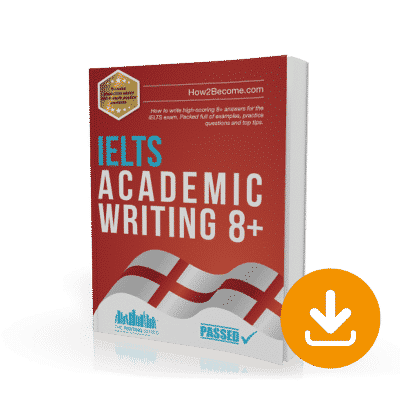
✓ 30-Day Money-back Guarantee
Did you know? All orders with How2Become are protected by our 30-day money-back guarantee. What ever the reason…or no reason at all…you can have your money back if this resource isn’t right for you (see our terms for full details).
WHY BUY WITH HOW2BECOME?
CREATED BY THE EXPERTS
PROVEN TRAINING
EXCLUSIVE FREE BONUSES
Firstly, these guides are created by us and our team of experts – we have all the answers to your questions and will help you succeed (like we’ve been doing for the last 16 years), we update our material frequently and you can contact us at any time with any questions you have.
Secondly, we provide exclusive bonuses with all our products that you won’t find anywhere else. These bonuses include free guides, powerful online testing suites and more!
Finally, our guides and training just work. Take a look at our TrustPilot page where you will see our rating of 4.9/5. There, our customers share their positive buying experiences and more importantly the time-saving success our resources have given them (hint: they passed their assessment).
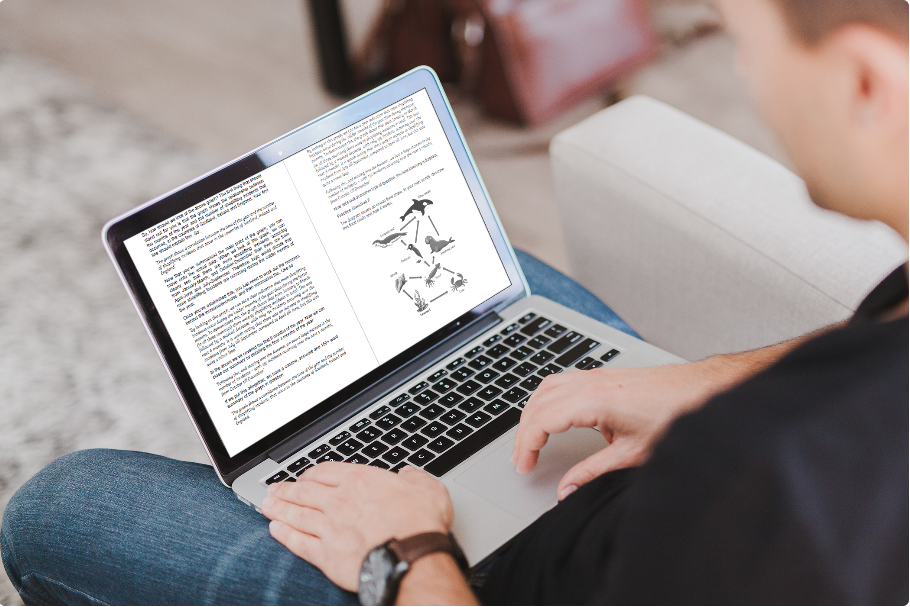
Learn how to PASS YOUR ASSESSMENT
We’ve helped 1,000s of aspiring applicants in their journey to succeed in a new career. Trust the UK’s #1 careers and education specialists to help you secure your role.
Get instant access »“Great variety of question types, exposes areas of weakness and gives you the means to improve. Clear and concise. Confidence builder. Great practice!”









